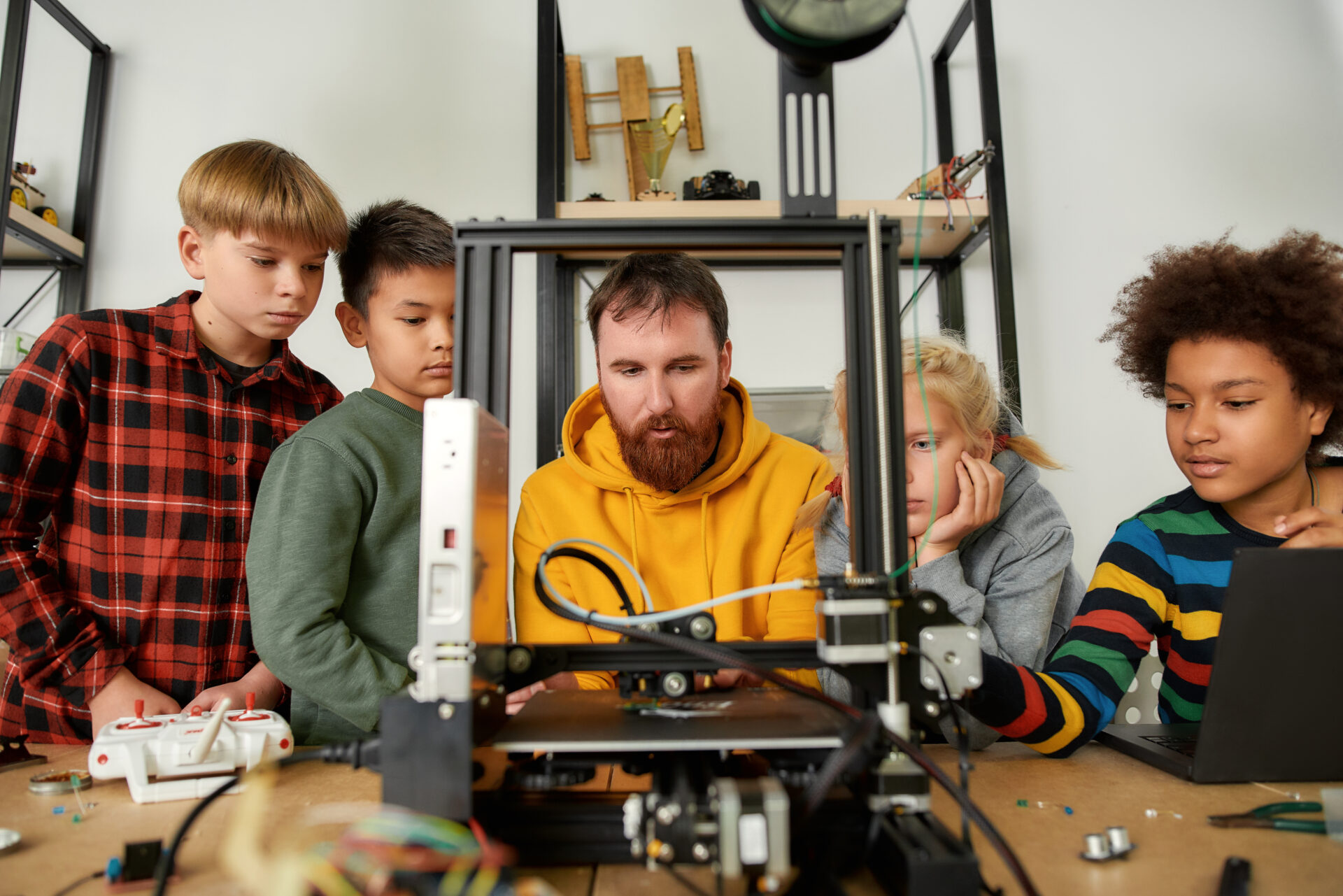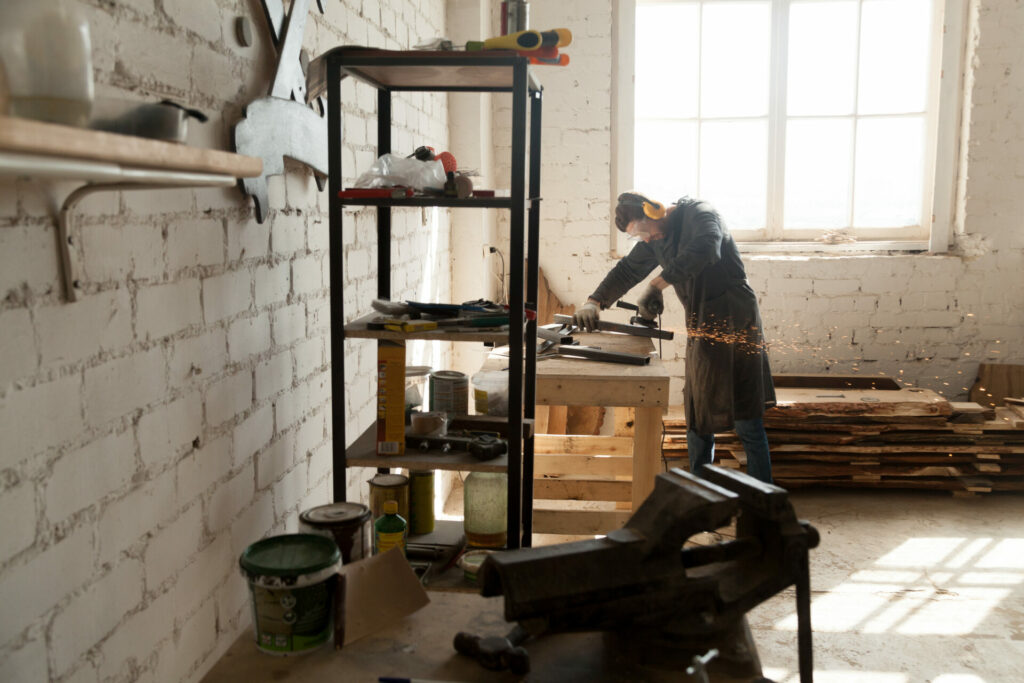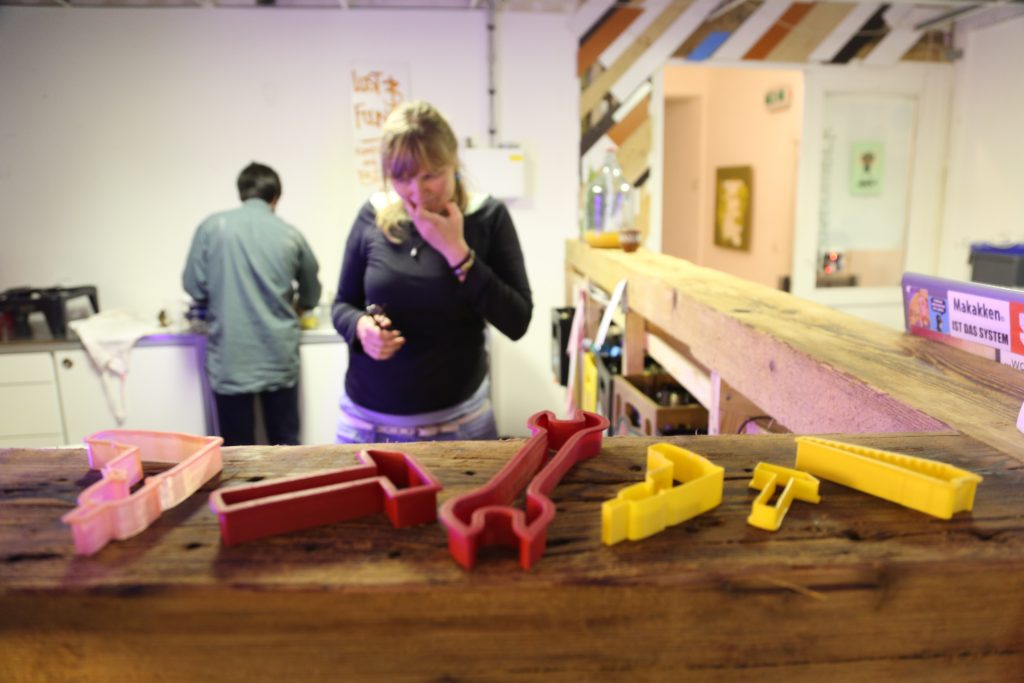How can the city of Braunschweig develop spaces for ‘urban production’?
Client
Economic Development Braunschweig Zukunft GmbHProject period
September 2024 — March 2025Services
Consultancy and StrategyWorking method
Mapping, Survey, AnalysisProduct
ReportOur expertise
Urban Transformation, Innercity Development, Multi-CodingPartner
STADTart, Ralf Ebert, Dortmund
The city of Braunschweig wants to realise an urban quarter based on a mixed-use concept as part of the conversion of the former main station. The aim is to clarify how the integration of resource-conserving and locally embedded ‘urban production’ can be ensured for the city’s business development organisation Braunschweig Zukunft GmbH.
The study includes a presentation of the advantages, challenges and effects of sustainable urban production in the city, a company survey on urban production in Braunschweig and the development of recommendations for action to promote and implement sustainable urban production for the urban quarter Hauptgüterbahnhof using a reference catalogue with best practice examples as a basis for development and design.
The results of the study are intended to strengthen the business location, particularly with regard to underpinning the existing large companies, as well as to contribute to the sustainable and resource-conserving urban development of Braunschweig in accordance with the Leipzig Charter and to the attractiveness of the residential location.
Project components






Related projects
Feasibility study on urban gardening and indoor farming in the city centre of Wilhelmshaven
Wilhelmshaven wants to use urban gardening and vertical farming to tackle the vacant space in the city centre. Together with paper planes e.V. and AAA GmbH in Bremen, we are examining site conditions and utilisation options. Citizens should participate and also become users of the products.
Client: City of Wilhelmshaven
Feasibility study for a creative quarter in Rostock
The subject of the study is the evaluation of possible locations for a new creative quarter in the Hanseatic city of Rostock. On the basis of the description of potential, an evaluation basis is provided for five specified alternative locations available for selection. The results suggest a well-founded preferred option to the city council.
Client: Office for Urban Development, Planning and Economy in Rostock
Global Review Report “Urban Manufacturing”
Is manufacturing returning to the city or is it being reinvented in our cities? Multiplicities erstellt den Global Review Report im EU INTERREG Projekt “Urban Manufacturing”
Client: University of Birmingham (UK), INTERREG EUROPE
Transformation of an industrial wasteland into a creative quarter
With target group workshops, a future workshop and an urban development framework plan, Multiplicities is initiating a user-driven redevelopment of an old industrial site in Augsburg's city centre on the Gaswerk site. The Gaswerk site is being transformed into a new, creative and dynamic space for Augsburg.
Client: Stadtwerke Augsburg and the City of Augsburg
Feasibility study creative quarter Potsdam
The feasibility study makes a contribution to the planned creative quarter and analyses the building blocks, arguments, opportunities, risks and costs in order to make an offer to city politicians, the administration, current and future users and the people of Potsdam for a new, sustainable creative quarter supported by many shoulders.
Client: Pro Potsdam GmbH
Feasibility study for a start-up hub in Potsdam
Multiplicities is working with Belius GmbH, Studio Malta and architect Nele Zareh on a feasibility study for a planned factory in the Babelsberg/Potsdam media city. Analysis of the potential of "founders" for a planned "Factory" property in the Babelsberg media city.
Client: Centre for Film and Television Producers GmbH (ZFF)
Utilisation study ULAP quarter in Berlin (west of main station)
The utilisation study in the ULAP district analyses how utilisation expectations and utilisation options correspond to the currently recognisable offers in the design planning. The aim of the plausibility check is to work out relevant user types and "mirror" them in the current design. The results show possible uses for a lively urban neighbourhood.
Client: Berlin Senate for Urban Development